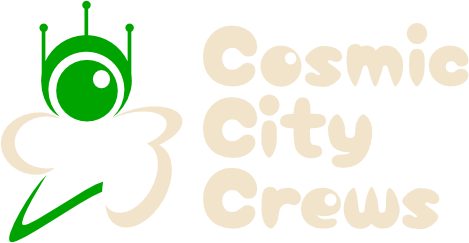Elio
Star
So I've been watching some videos on drawing better and stuff, and while there's a lot to pack right there and most of it boils down to two things (draw from life/reference, and do it as often as possible i.e. PRACTICE), my attention was directed to drawing proportionate, slightly better-looking heads while trying to think of 3-dimensional forms in a 2-dimensional space.
So let's examine our methods before this. All this time when you've learned how to draw basic anatomy (whether it's the How to Draw Manga books by Hikaru Hayashi or the Let's Draw Manga books by, uh, Christopher Hart), you've been taught this, right?:

Brace yourself, because I will be extremely blunt: when drawing a head, drawing a simple circle doesn't cut it. Drawing an egg-shaped oval doesn't cut it either.
The thing about this method is it's simple. It represents the most basic of facial structure. We're conditioned to use symbols to represent what we see in our mind's eye, and many beginning artists are taught this method because it comes across to the student easily. But this is inaccurate, and will result in flat drawings. Now there's nothing wrong with flat drawings -- it's even pretty fun to play around with -- but if your goal is to improve, this is not going to cut it.
[img=500x500]https://pbs.twimg.com/media/DVgfzdXV4AAc_Mp.jpg[/img][/CENTER]
Here's a comparison between the above method and the method I've studied (instruction by Andrew Loomis that's been broken down by Proko). Between the previous and the new one, would you agree that the second head seems to have better form than the first? That's because when constructing the head, you have to think not in circles or ovals, but in spheres. You gotta start training yourself to think of 3D objects in a 2D space.
[img=600x600]https://pbs.twimg.com/media/DVgh-CJVAAEWvby.jpg[/img][/CENTER]
First, think of a sphere. Yes a sphere is going to look like a circle when you draw it on paper, but think about how the form is like. How do the shadows fall on it? What shadow does it cast? What's the shape of the shadow? If you can imagine what it's like in your mind, you can already imagine what spheres would look like. Alternatively you can just draw one and get a feel for it yourself. Find a ball (beach ball, ping pong ball, baseball, that strangely perfectly-spherical omanjuu you bought from AmiAmi, whatever) and try drawing it base on your observations. Take note how the shadows fall on the ball. Try drawing it a few times to get a feel of it. Now come back here because I need to explain the next part.
Now you have this ball in your hands. It's a perfect sphere. Imagine now, that you've got a kitchen knife. With this kitchen knife, cut the sides of that ball so you have flat edges on the side. This will have its purpose which I'll explain on the next part.
[img=600x600]https://pbs.twimg.com/media/DVgjCmSVoAAy0wY.jpg[/img][/CENTER]
Now that you've got your sphere with the flat sides, draw a plus sign on the flat side. Now imagine that you're seeing that flat side head on now. You'll notice the shape of that flat side is a perfect circle when you view it head on, and as you change angles, you'll see that it gradually becomes more and more oval. The plus sign on it will serve as a guideline for where you're going to put the ear and the jawline.
Now come back to the spherical surface, and keeping the mind that spheres have a contoured surface, draw a curved vertical line from top to bottom. Again, keep in mind that if you drew a line on the sphere's surface, it will look curved, not straight. DON'T DRAW A STRAIGHT LINE!! Do the same with a horizontal line from one end to another. Remember that plus sign? The horizontal line on that plus sign will connect to the horizontal line on the contoured surface. This is because eyes and ears are generally on the same level when viewed at a neutral angle.
[img=600x600]https://pbs.twimg.com/media/DVgkdahV4AE6SW-.jpg[/img][/CENTER]
Now, here's where it gets a bit tricky and honestly this part is entirely dependant on what kind of style you're going for, but let me just explain to you how to get the jawline. You notice the curved vertical line extends from the sphere. This is to help you establish where the chin is, so you can make a squishy face or a long face depending on where you want the chin to be, using the extended bit of vertical line to set a point for the chin:
[img=500x377]
[align=center][img=600x600]https://pbs.twimg.com/media/DVgluJ5VMAAQF-u.jpg[/img][/CENTER]
[align=center][video=youtube]
The plus line also serves as a guide to placing the ear. I think what I've written above is pretty self-explanatory, so I won't explain so much. Eyes are at about the same level as the ears, more or less, but stylize it all you like depending on what you're going for!
[align=center][img=600x600]https://pbs.twimg.com/media/DVgluJ5VMAAQF-u.jpg[/img][/CENTER]
And that's it! This is really just a guide on how to draw heads in a more 3D-ish sense, and it's super helpful to understand this in your journey to improve on your art! I hope these notes have been useful, and because I got this from Proko's excellent breakdown on drawing heads, I'll link the first video here:
[align=center][video=youtube]
